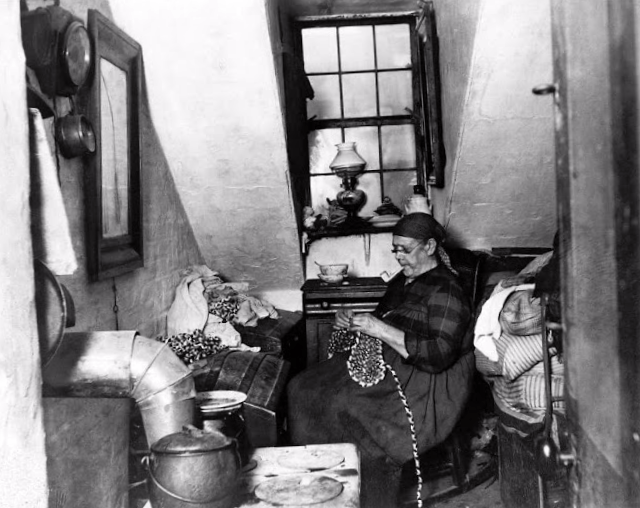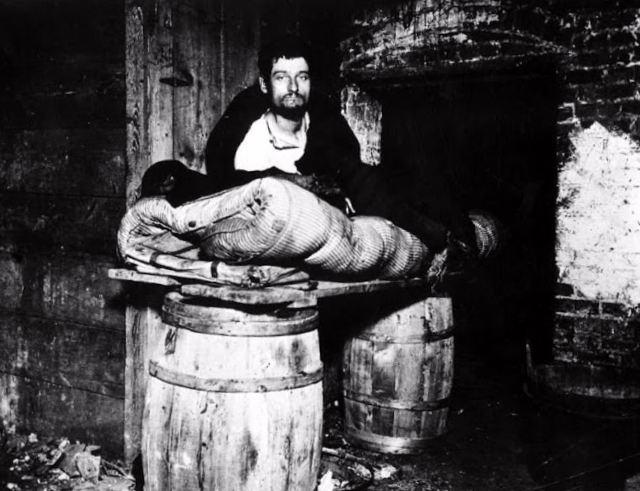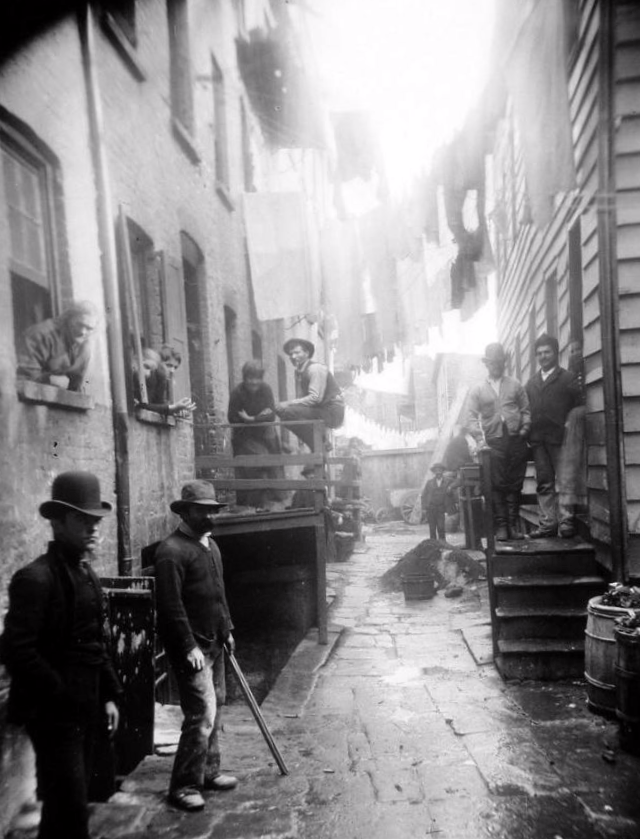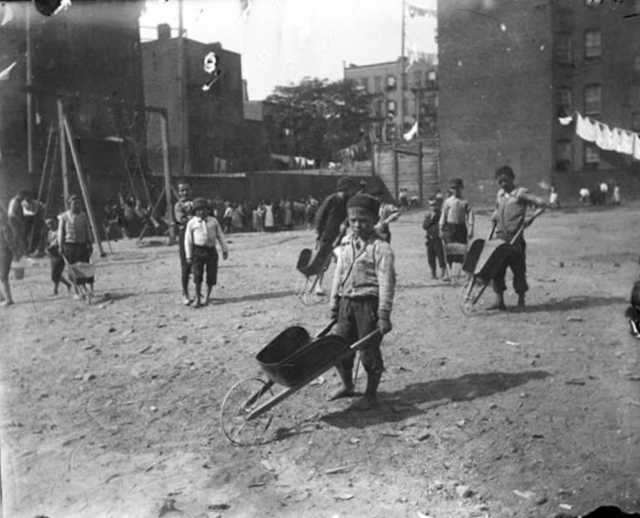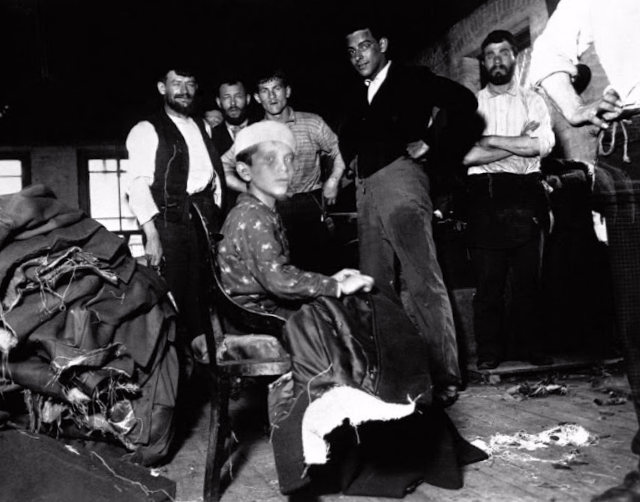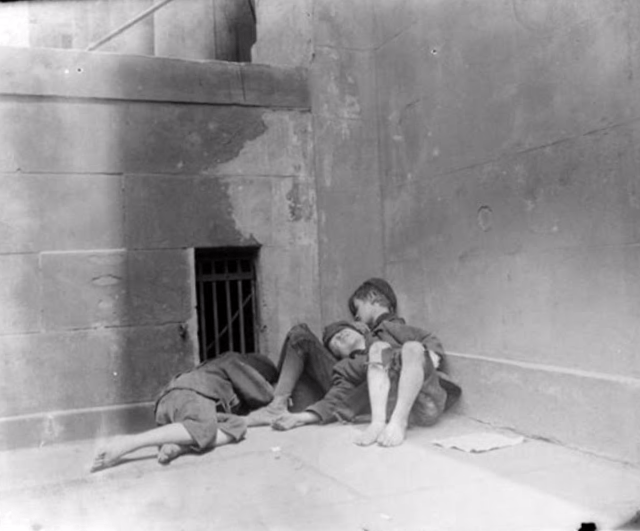At the end of the 19th century, New York City was a city full of contrasts. The city was experiencing a time of economic expansion and growth, becoming a world centre for trade and industry; while it was also the point of entry for thousands of immigrants every year, many of whom stayed in the city in very precarious conditions.
The overcrowding of immigrants in New York's poor neighborhoods turned neighborhoods like Manhattan's "Lower East Side" into slums, and also one of the city's most dangerous neighborhoods. Poverty in the slums and the large numbers of immigrants who arrived every day (many of them Irish) led to social problems and the proliferation of New York's street gangs in the 19th century, who became the real masters of the streets.
Jacob Riis, a Danish immigrant who settled in New York in 1870, began working as a reporter for the "New York Tribune" in the 1880s, covering police investigations in the New York slums. In his work, Riis documented life in New York's slums and poorer neighborhoods, pioneering the use of flash photography to highlight the darker parts of the city. His work was published in the 1890s as "How the Other Half Lives: Studies among the Tenements of New York.
Riis's late 19th-century photographs of New York's slums revealed the dramatic and miserable lives of the immigrants who came to the city each year, especially the children, and made a great impact on New Yorkers themselves and on American society. As a result of these images, Theodore Roosevelt pushed for social reform that was implemented over the next few years, improving the city's housing policies and the lives of New York's poorest residents.


